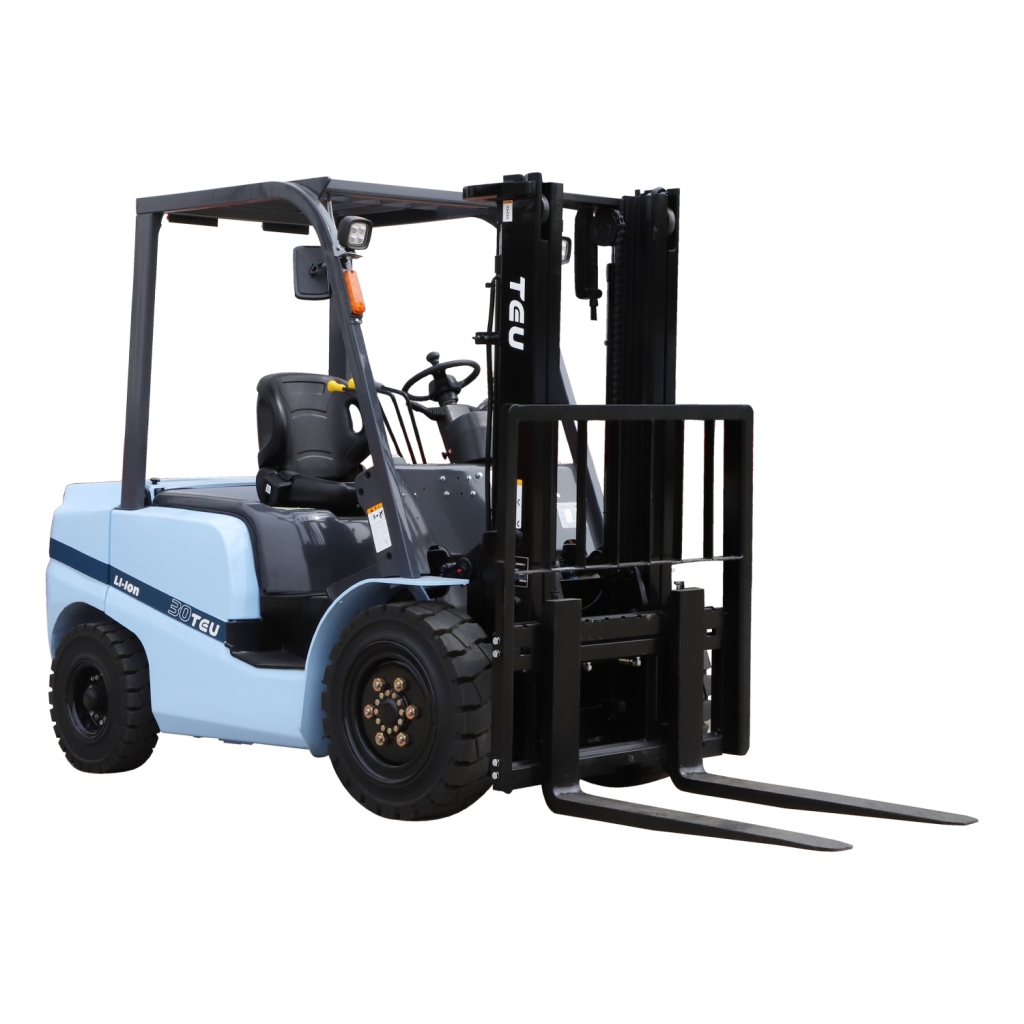Introduction
Electric forklifts have emerged as crucial tools in material handling operations across various industries. Their efficient and environmentally-friendly design sets them apart from their internal combustion counterparts. This article provides a comprehensive understanding of electric forklifts, focusing on their components and applications.
Components of Electric Forklifts
1.1 Battery: The battery is the primary power source for electric forklifts. It stores electrical energy and provides the necessary power to drive the motor and operate the hydraulic system.
1.2 Motor: Electric forklifts employ an electric motor to convert electrical energy from the battery into mechanical energy. This motor powers the wheels and facilitates the lifting and lowering of loads.
1.3 Controller: The controller acts as the nerve center of an electric forklift, regulating the motor’s speed, direction, and torque output. It ensures smooth and precise operation and allows for adjustments based on specific load requirements.
1.4 Hydraulic System: The hydraulic system comprises various components, including pumps, cylinders, valves, and hoses. It enables the forklift to lift heavy loads and tilt the forks for optimal positioning.
Applications of Electric Forklifts
2.1 Warehousing and Logistics: Electric forklifts are widely used in warehouses and distribution centers. They efficiently handle palletized goods, loading and unloading trucks, stacking inventory, and transporting goods throughout the facility. Electric forklifts’ silent operation is especially beneficial in noise-sensitive environments, ensuring a comfortable work atmosphere.
2.2 Manufacturing: Electric forklifts are invaluable in manufacturing plants, where they are utilized for moving raw materials, finished products, and machinery within the facility. Their emissions-free operation eliminates the risk of air pollution, ensuring a safe and clean working environment.
2.3 Retail: Electric forklifts play a vital role in retail settings, assisting in the smooth operation of stores and supermarkets. They help with restocking shelves, moving inventory, and organizing storage areas, ensuring a well-managed and efficient supply chain.
2.4 Construction: Electric forklifts find applications on construction sites, contributing to material handling tasks such as transporting building materials, lifting heavy loads, and working in confined spaces where emissions need to be minimized.
2.5 Food Industry: The food industry benefits from electric forklifts due to their cleanliness and absence of exhaust emissions. They are widely used in food processing plants, cold storage facilities, and distribution centers, ensuring hygienic operations and compliance with food safety standards.
Conclusion
Electric forklifts have revolutionized material handling operations with their eco-friendly design and efficient performance. Understanding the components, including the battery, motor, controller, and hydraulic system, sheds light on their sophisticated mechanism. Moreover, exploring their diverse applications in warehousing, manufacturing, retail, construction, and the food industry highlights their versatility and adaptability in various work environments. As businesses continue to prioritize sustainability and productivity, electric forklifts will continue to play a pivotal role in modern material handling operations.






